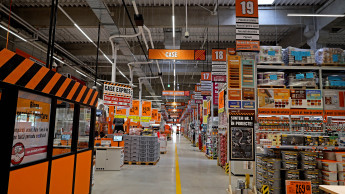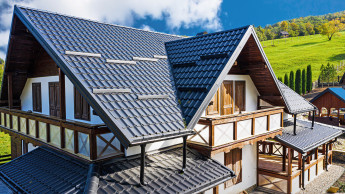

deep insights, facts & figures

The timber building industry in Estonia puts every effort into combining economic success with environmentally-friendly production methods
The timber-based architecture in Estonia has left its mark on the appearance of the towns and villages as in almost no other country in the world. In this little country on the Gulf of Finland, a building industry based on the ecologically-aware use of material resources is the expression of a lifestyle influenced by sustainability and ecology. However, Estonian timber also has a very special significance for the economy. Timber products in general and wooden houses in particular number among the country’s most successful export products. The Industrial production of timber buildings has existed here since as far back as the 1950s, and Estonian companies still today feature as trendsetters when it comes to building with renewable materials. Altogether there are 140 Estonian companies working in the timber building industry, which supplies the greater part of its output (85 – 90 per cent) for export. Timber houses are exported from Estonia to more than 40 countries; apart from the Scandinavian countries, Germany is playing an increasingly major role as a recipient country for these exports. The extensive forests that stretch over nearly half of the entire country supply the necessary raw material for the timber building industry. Far more than two million hectares of forest ensure a stock of timber amounting to 459 mio m³. Pine, spruce and birch together represent the biggest share, accounting for 81 per cent of the total. The companies in the timber building industry mainly have recourse to these types of wood for their production processes. As the association of Estonian producers of timber houses explains, the materials first have to go through various test procedures in order to make sure that they meet the producers’ high quality standards. Moreover, strictly controlled production methods are applied in the manufacturing operations. These also succeed in cutting out the negative effects of wind and weather through producing under indoor conditions. “The unbroken documentation of the projects guarantees the high quality of the production process and prevents future complications,” says Elari Kivisoo, a member of the committee of the Estonian Woodhouse Association. “In view of the industry’s steadily growing success and an annual timber harvest of some ten million m³, conservation and reforestation programmes play a decisive role in maintaining the rich variety of Estonian forests for future generations,” he continues. In more than half of Estonia’s…
Related articles
Read also

 Menü
Menü












 Newsletter
Newsletter